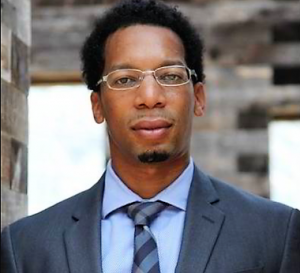“Quaint,” “charming,” “rich with character” — all these are phrases we commonly hear ascribed to older homes, and especially homes that are old enough for us to consider “historic.” For those investing in historic homes, these homes could be particularly attractive. There is often the sense that a historical home will hold its value and always be in demand.
However, buying historical homes comes with plenty of pitfalls that can sap the “quaint charm” out of such investments entirely.
You Might Face an Array of Rules with Historic Homes
Investing in historic homes might mean buying inside a historic district, too. In some places, that means the property you’re buying comes with an array of additional rules you’ll have to follow. You may not be able to make any exterior modifications, for example, or you may need to maintain other specific standards that could be an extra layer of trouble for any investor.

Insurance Can Be a Headache
When figuring out the potential costs of your investment in a historic home, insurance is a key factor. For older homes, it can also be a significant expense. The age of the property often makes it a more substantial risk for insurers, so your rates will subsequently be higher. When you’re trying to make an investment that adds value, that’s not a net positive.
Old Wiring Is an All-Too-Common Hazard
Once you get into an old home, you could start uncovering a list of problems that quickly add to a considerable sum in repair and replacement costs. Old houses that haven’t had upgrades often still feature original “knob and tube” wiring — a major fire hazard. Replacing the wiring alone could decimate the value of your investment.
Does That Charming Old House Have Lead Paint and Asbestos?
Old wiring could be the least of your concerns if you discover that the home still features lead paint, or worse, asbestos-containing building materials. Sometimes you won’t need to make a change with mitigation measures sufficing, but is this a risk that suits your investment profile? For many people, it isn’t.

The Long-Term Return Might Not Be Ideal
One final problem to consider: investing in historic homes might not give you the value you’re looking for from an investment standpoint. After improvements and repairs, the cost could be substantial — and appreciation may not keep pace with a running a repair bill. Also to consider, future buyers might be wary of investing in historic homes.
Better Weighing Your Options Regarding Historic Homes
Before you decide to submit an offer on that old house with “character,” it’s always advisable to take a step back and fully explore your investment goals. Proper planning may reveal that such a house is not the best fit for your investing profile. Through Omid Akale with the TC Portfolio Group, you can crunch the numbers and explore what plans will yield better results in time. Contact us for more information today.






0 Comments